What Are the Best Methods for Roof Repair?
Roof repair is one of those critical yet often overlooked home maintenance tasks. Many homeowners delay it, thinking a small leak or a missing shingle is no big deal, until that tiny issue turns into a major problem. However, according to This Old House, over the past three years, nearly 31% of homeowners have pursued roof renovation, repair, or maintenance projects, so problems can be more common than you may think. Let's take a moment to walk through a few of the essential steps professionals follow during a roof repair to ensure durability, safety, and high-quality results.
1. Initial Inspection and Assessment
Before any actual roof repair begins, professionals conduct a thorough inspection of the roof's exterior and interior. They visually inspect shingle condition, flashings, gutters, soffits, and ventilation. Inside the attic, they examine insulation, decking, and any signs of water stains or mold. This dual inspection helps identify both visible damage and hidden issues. A comprehensive assessment ensures that the roof repair plan addresses the root causes, whether that's damaged shingles, faulty underlayment, or inadequate ventilation, and not just the visible symptoms.
Professionals may also use tools like moisture meters, drones, or infrared cameras to spot trouble areas that aren't obvious to the naked eye. These high-tech diagnostics offer homeowners a clearer picture of their roof's condition and help justify necessary repairs. Skipping this step can result in patchwork fixes that don't last, so it's critical that the inspection be thorough and detailed.
In some cases, roofers may also review past repairs or installation records if available. Understanding the roof's history, including previous issues, materials used, and workmanship quality, can help them anticipate future problems or identify patterns of failure. A well-documented inspection builds the foundation for a repair strategy that's precise, cost-effective, and tailored to the home's unique needs.
2. Detailed Roof Repair Plan
Once the assessment is complete, the roofing team creates a detailed plan. This includes listing materials (e.g., shingles, underlayment, flashing), safety measures (roof harnesses, tarps), timelines, and required labor. Professionals also check local building codes and HOA guidelines and obtain any necessary permits. This meticulous planning ensures the roof repair is executed correctly and efficiently, minimizing delays and surprises during the project.
An organized plan also helps streamline communication with the homeowner. You'll know what to expect day by day, whether there will be noise, temporary disruptions to driveway access, or any required movement of outdoor furniture or equipment. Clear documentation and scheduling foster transparency and reduce the likelihood of misunderstandings or unexpected costs down the road.
3. Preparation of the Worksite
A key step often overlooked by DIY enthusiasts is worksite preparation. Professionals lay down tarps and plywood, install drip edges, and build scaffolding or install safety rails. They also clear roof surfaces and gutters of debris. Proper setup protects landscaping, prevents damage, and ensures safe working conditions during the roof repair. It also streamlines cleanup afterward, saving time and reducing homeowner stress.
This preparation phase may also include temporarily relocating or covering HVAC equipment, removing satellite dishes, or trimming overhanging branches. It's a sign of a conscientious contractor when these proactive measures are taken seriously, as they help protect your property and prevent injury or liability during the repair process.
Additionally, experienced roofers take weather conditions into account during site prep. If there's a chance of rain or strong wind, they'll cover exposed areas with waterproof tarps and secure tools and materials. Preparation isn't just about efficiency; it's about risk management. By anticipating and controlling potential disruptions, professionals keep your home protected throughout the entire repair process.
4. Removal of Damaged Materials
For a thorough roof repair, old or damaged materials must be removed before installing new ones. This may involve stripping shingles down to the decking, removing damaged flashing, or replacing rotten roof boards. Roofers use nail bars, roofing shovels, and portable dumpsters to handle debris. Cleaning the substrate thoroughly prevents new roofing materials from failing prematurely. Proper removal is fundamental to a long-lasting roof repair.
This step also gives professionals the opportunity to spot damage that wasn't visible during the initial inspection. Rotting wood, sagging sheathing, or signs of animal intrusion can all be revealed once the surface layers are removed. Addressing these issues now helps avoid future problems and gives you peace of mind knowing the repair goes beyond surface-level fixes.
5. Installation of Underlayment and Flashing
With the old materials removed, professionals install high-quality underlayment (typically a synthetic or ice and water shield), providing a secondary barrier against moisture. They replace or reinforce flashing around chimneys, skylights, vents, and valleys. Flashing is often where leaks initiate, so correct installation is vital. Roof repair pros ensure flashings are properly fastened, sealed, and integrated with shingles to prevent leaks.
Modern underlayments are not only more durable than traditional felt, but they also offer better tear resistance and moisture performance, especially in regions with frequent storms. Likewise, proper flashing techniques have evolved to include rubberized membranes and sealants that last longer and bond better with today's roofing systems. Professional roofers stay current with these innovations to offer long-term value.
6. Shingle Replacement and Aesthetic Finishing
Next comes the installation of shingles or roofing material. Roofers align shingles precisely, nail them according to manufacturer instructions, and seal edges with roofing cement or adhesive. Ridge caps and ventilation components are fitted last. The aesthetic aspect is important: a professional roof repair job looks clean, with even lines and uniform shingle color, ensuring your roof not only functions well but also enhances curb appeal.
Professionals also match new materials as closely as possible to the existing roof, especially for partial repairs. Mismatched shingles can hurt home value or attract the attention of insurance adjusters. A polished finish isn't just cosmetic. It reflects the installer's attention to detail, which often translates to better long-term performance and fewer callbacks.
7. Final Inspection, Cleanup, and Maintenance Plan
After installation, professionals conduct a final walkthrough, checking for nail pops, proper flashing, clean gutters, and full removal of debris. They often use magnets to collect hidden nails. Finally, they provide homeowners with a maintenance plan and check for loose shingles after storms, cleaning gutters, and scheduling inspections every few years. This proactive approach ensures the roof repair lasts and problems are caught early.
Some roofing companies also provide documentation of the completed work, including before-and-after photos, receipts for materials, and warranty information. This paperwork can be important for resale, insurance claims, or future contractor references. A clean job site, detailed documentation, and a follow-up plan set true professionals apart from casual crews.
Roof repair isn't simply about replacing a few damaged shingles. It's a systematic, multi-step process that requires expertise, attention to detail, and quality materials. Professionals follow a structured workflow, starting with a thorough inspection, followed by meticulous planning, safe preparation, removal of old materials, installation of underlayment and flashing, precise shingle placement, and a comprehensive final inspection. Not only does this approach protect your home, but it also maximizes the lifespan of your roof and minimizes future issues. When you're hiring the pros at All Over Roofing for a roof repair, understanding these steps helps you make informed decisions and safeguards your most valuable investment: your home's shelter. If you're ready to get started with quality repairs, reach out to us today to get started with a free home inspection and estimate!
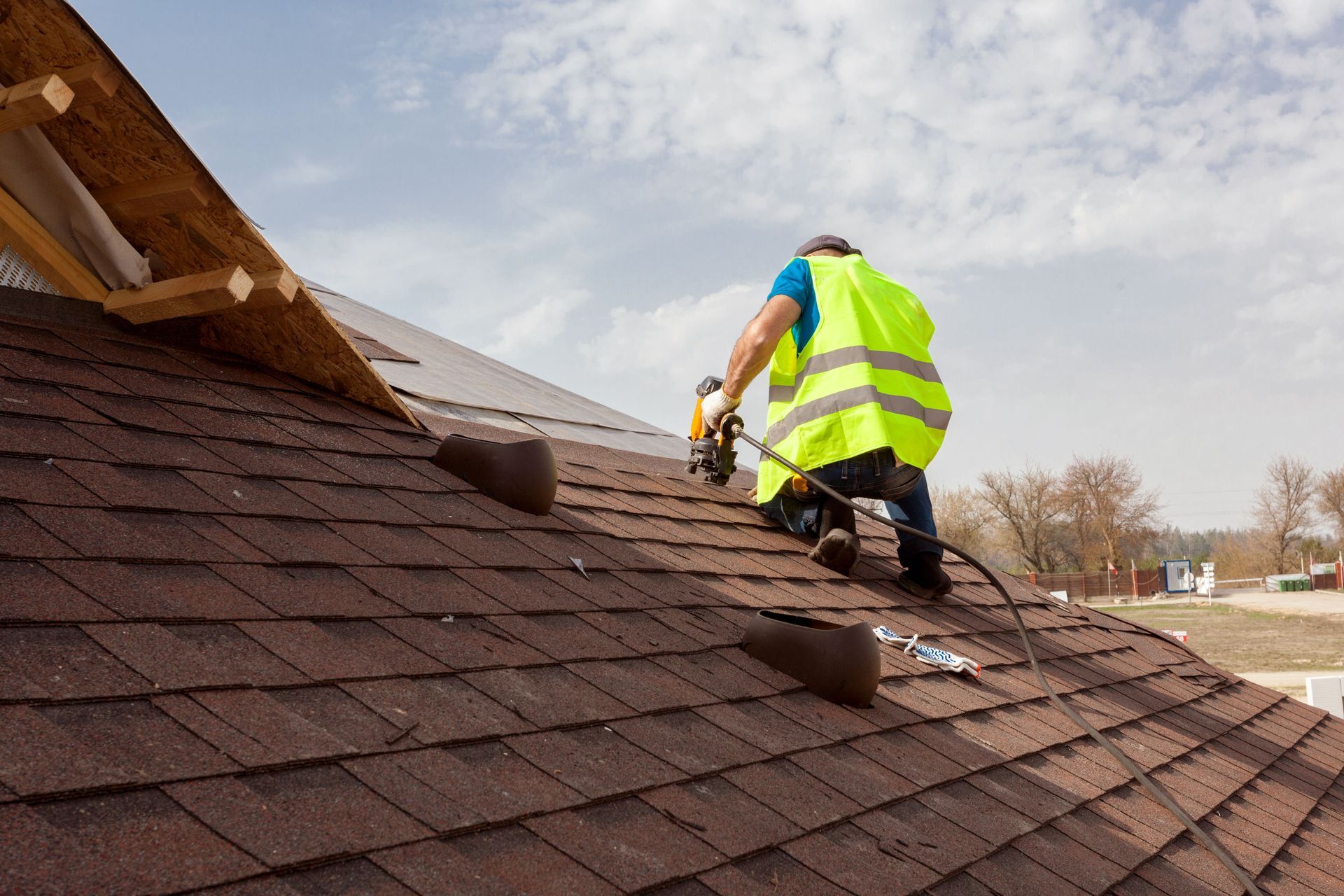

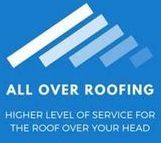
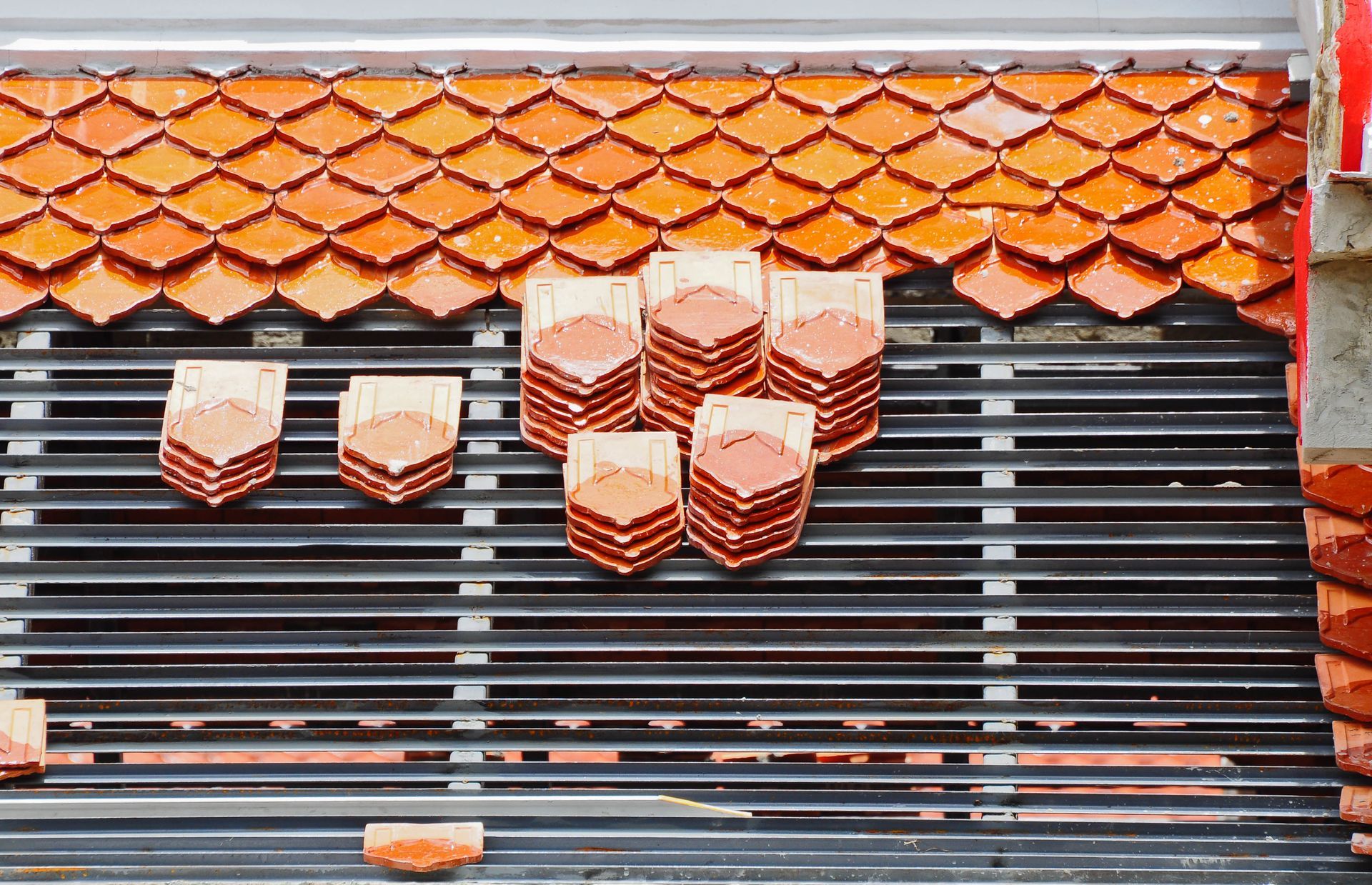
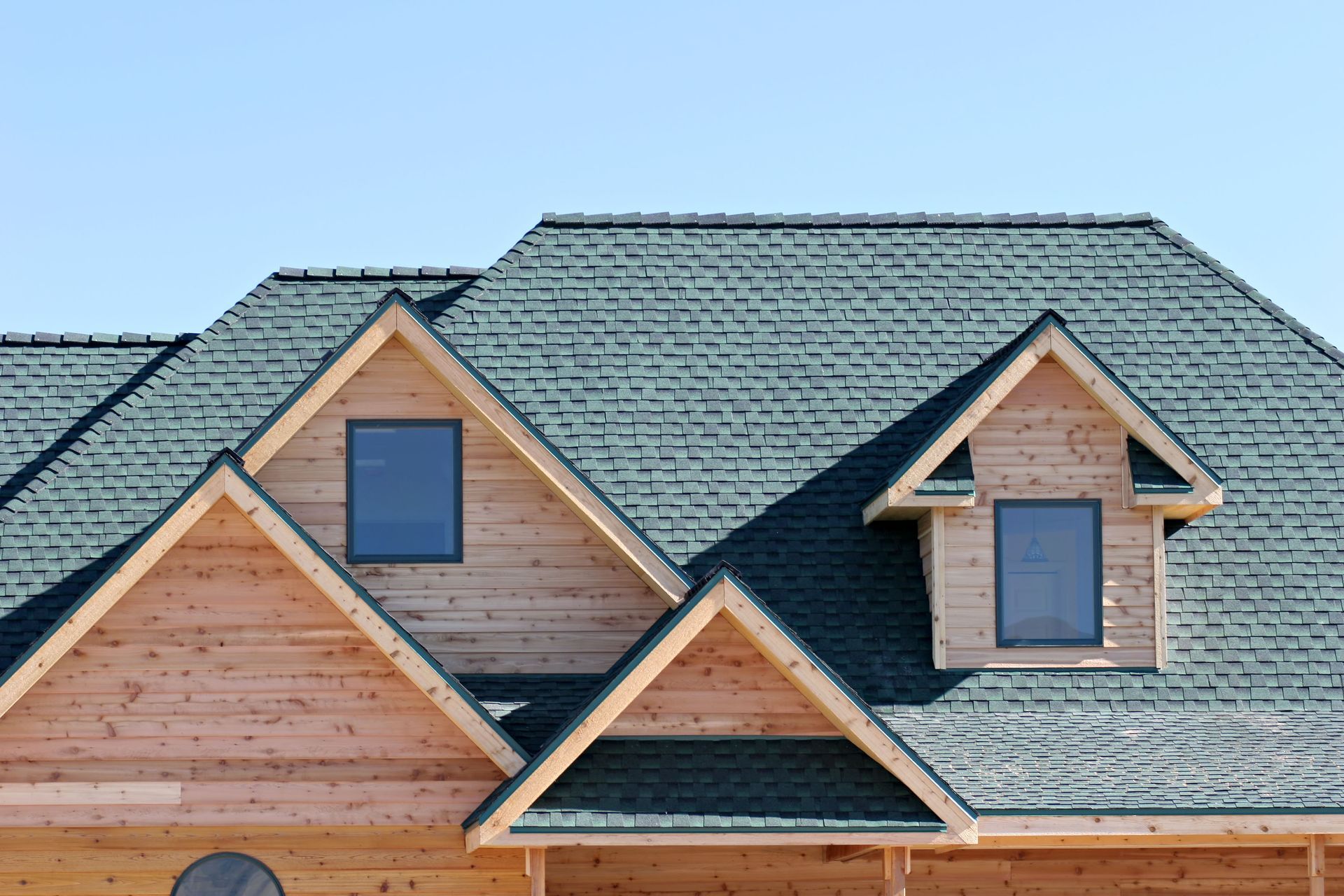
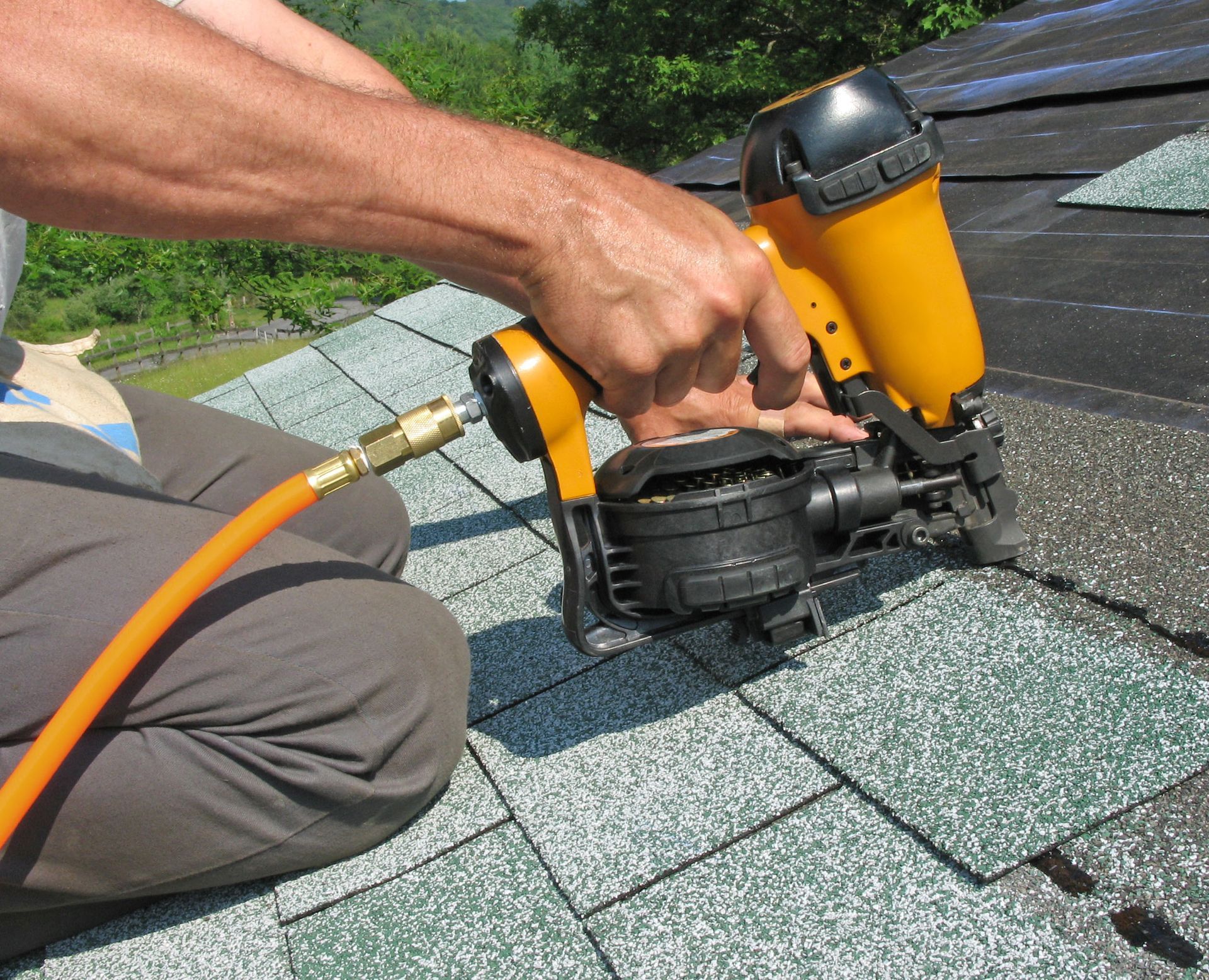
Share On: